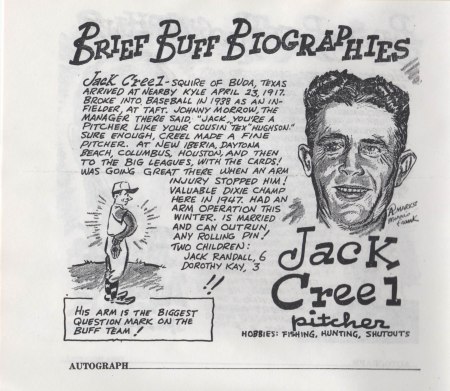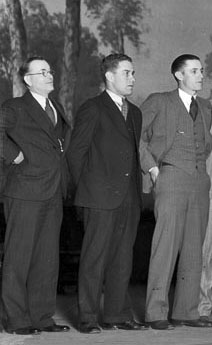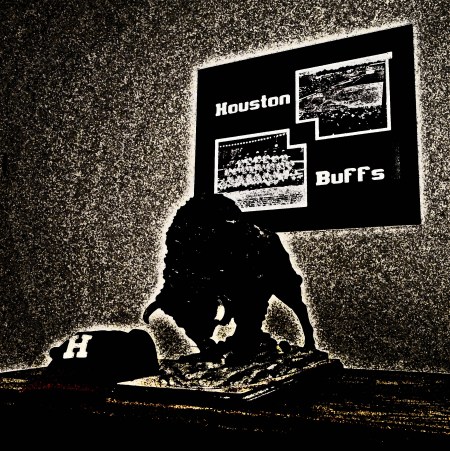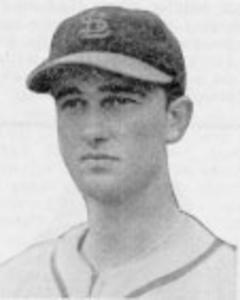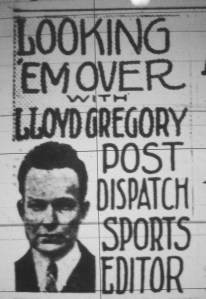
With 2 outs and two strikes on him in the bottom of the 9th of Game Six of the 1947 Dixie Series, Hal Epps spiked a single between short and second that scored Billy Costa from 2nd base for 1-0 Series win at Buff Stadium.
____________________
Houston Buffs Win Dixie Title
Houston, Oct. 3 (AP) – Hal Epps, veteran center fielder, slipped a single between short and second after two were out here (Buff Stadium) in the ninth tonight to give the Houston Buffaloes of the Texas League 1-0 shutout over the Mobile Bears in the deciding (sixth) game of the Dixie Series.
Epps’ second single of the night climaxed an uphill battle for the Buffs in a mound duel between Clarence Beers of Houston and Frank Laga of Mobile.
Beers permitted four singles, permitting only one to reach second base and retiring twenty in order from the second inning to two outs in the eighth.
Laga, prior to retiring after one out in the ninth in favor of Paul Minner, had allowed three singles, but had issued 10 walks.
Solly Hemus started off the Houston ninth by popping out to Third Baseman Bill Hart and Laga then walked Billy Costa and Eddie Knoblauch,
Minner came in to relieve Laga and immediately struck out Stan Benjamin.
Epps took a two-strike count and then hit the sizzler that scored Costa from second with the winning score.
The victory enabled the Buffs to win their first Dixie (Series) championship. After taking the first game here last week, Houston then dropped two to the Bears before coming back to take three straight to finish with a four games to two record. *
~ Lubbock (TX) Morning Avalanche, Saturday, October 4, 1947, P. 8.
* Proof again that we must never believe everything we read in the newspapers. The 1947 Dixie Series victory was not the first, as reported here by the Morning Avalanche. Houston’s 1947 win was its second championship in this annual competition between the pennant winners of he Texas League and the Southern Association (1920-1958). Houston won its first appearance n 1928 in six games over the Birmingham Barons, before then losing in seven games to the 1931 Birmingham club – and then falling to the 1940 Nashville Vols in five games prior to their second Dixie win in the ’47 Series.
Dixie Series losses by Houston in 1951 to the Birmingham Bears in six, and then to the 1954 Atlanta Crackers in seven, moved the Buffs’ post-season mark in the Classic to two wins and four losses.
Back-to-back six game Dixie Series wins over the Atlanta Crackers in 1956 and 1957 leveled the Houston Buffs’ all-time record in this post-season classic at four wins and four losses. The Dixie Series ceased to exist after 1958, a non-pennant year for the Houston AA Texas League club. The Houston Buffs moved up to the American Association for three final seasons of AAA-level minor league ball (1959-61) before dissolving in favor of Houston’s entry into the big leagues in 1962.
For much more detail on Houston’s record in the Dixie Series from 1928 through 1957, you owe it to yourself to pick up a copy of “Houston Baseball: The Early Years, 1861-1961” (By The Larry Dierker Chapter of SABR, 2014), available for sale through Barnes and Noble, Amazon, and other major book sales outlets.
____________________

